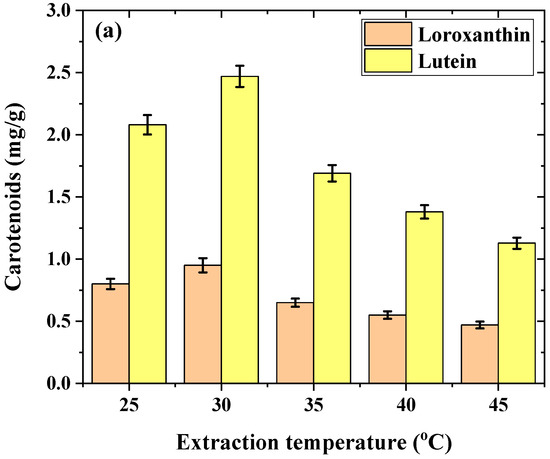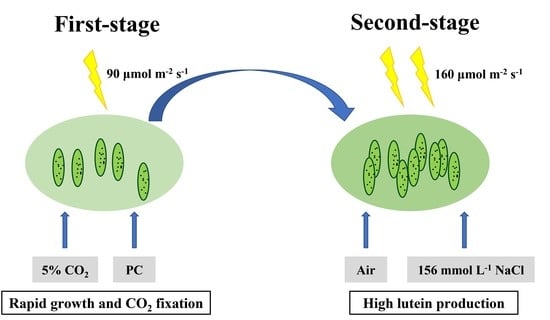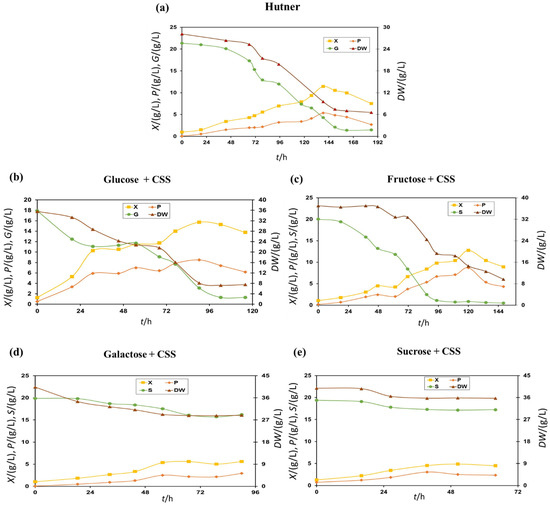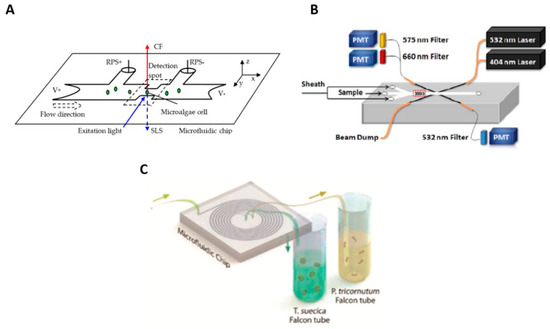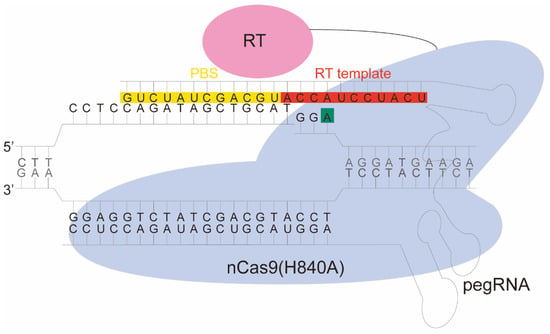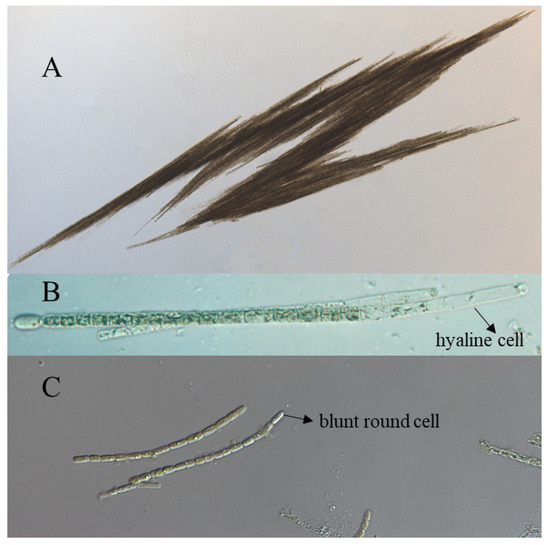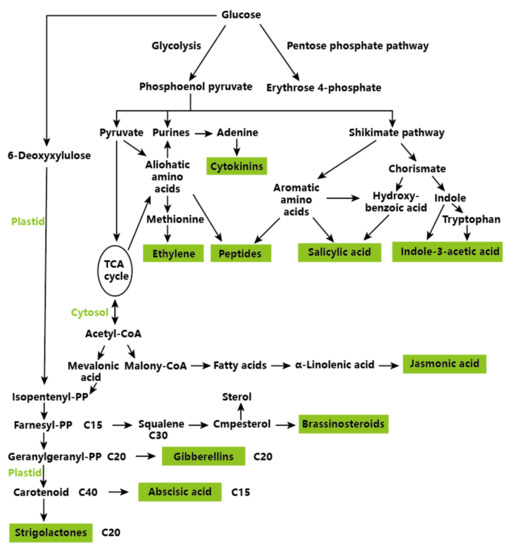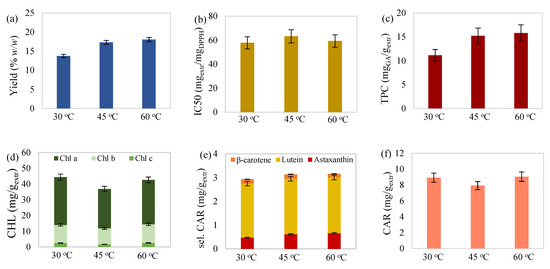Microalgae and Their Bioactive Molecules: From Basic Research to Applications
A topical collection in Molecules (ISSN 1420-3049). This collection belongs to the section "Green Chemistry".
Viewed by 28852Editor
Topical Collection Information
Dear Colleagues,
Microalgae are a diverse group of autotrophic organisms that have the ability to grow rapidly, efficiently use light energy and fix atmospheric CO2. It is a rich source of a number of bioactive molecules, such as proteins, lipids, polyunsaturated fatty acids, carbohydrates, vitamins and pigments with relevant commercial importance in health products, food and feed additives, cosmetics, energy sources, and so on. However, with the exception of some microalgal compounds that are already produced at a commercial level, the majority of the microalgal bioactive molecules are either not established in the market or still not commercialized. There is a future wider scope for production of sustainable environmentally microalgal high-value biomolecules.
This Topical Collection aims to collect papers dealing with the bioactive molecules from microalgae and their potential applications, a particular focus on new achievements in the field will be appreciated.
Dr. Xiaoling Miao
Collection Editor
Manuscript Submission Information
Manuscripts should be submitted online at www.mdpi.com by registering and logging in to this website. Once you are registered, click here to go to the submission form. Manuscripts can be submitted until the deadline. All submissions that pass pre-check are peer-reviewed. Accepted papers will be published continuously in the journal (as soon as accepted) and will be listed together on the collection website. Research articles, review articles as well as short communications are invited. For planned papers, a title and short abstract (about 100 words) can be sent to the Editorial Office for announcement on this website.
Submitted manuscripts should not have been published previously, nor be under consideration for publication elsewhere (except conference proceedings papers). All manuscripts are thoroughly refereed through a single-blind peer-review process. A guide for authors and other relevant information for submission of manuscripts is available on the Instructions for Authors page. Molecules is an international peer-reviewed open access semimonthly journal published by MDPI.
Please visit the Instructions for Authors page before submitting a manuscript. The Article Processing Charge (APC) for publication in this open access journal is 2700 CHF (Swiss Francs). Submitted papers should be well formatted and use good English. Authors may use MDPI's English editing service prior to publication or during author revisions.
Keywords
- microalgae
- bioactive molecules
- microalgal compounds
- microalgal biomolecules
- microalgal high-value biomolecules
- synthesis
- industrial exploitation, application






